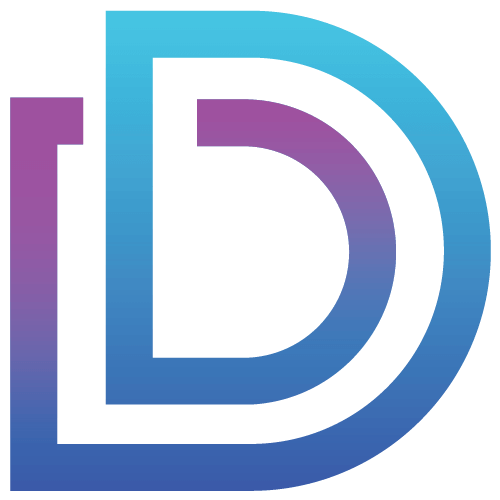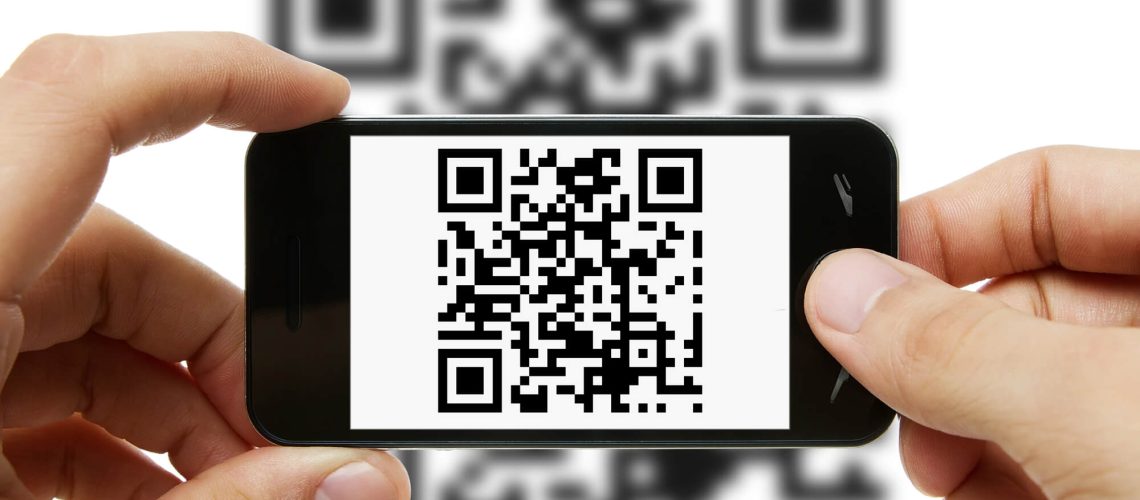3D printing has emerged not just as a tool for making prototypes but also as a canvas for turning mundane things into incredible ones. A 3D printed QR code is proof of this.
3D printed QR codes add depth to the otherwise two-dimensional digital language. Once 3D printed, they are no longer just a static code. What used to be a flat, black-and-white square is now a tangible object.
Do you want to learn more about 3D printed QR codes? In this guide, we’ll be discussing the applications of 3D printed QR codes and the steps on how to make one.
What is a 3D Printed QR Code?
A QR code, short for quick response code, contains shaded markings arranged in different directions. These markings represent specific information. They can be scanned. After scanning, it redirects you to a certain link. The link can open to a website, form, etc.
Additionally, QR codes are equipped with error correction. This ensures that the code can still be scanned even if it is dirty or has some scratches.
A 3D printed QR code works just like a conventional one, except the former is no longer two-dimensional. Conventional QR codes are black and white squares that are printed on paper. Meanwhile, 3D printed QR codes are made up of small boxes and can be printed on various 3D printing materials. You can also print an entirely different model and integrate the QR code into the same model.
Applications of 3D Print QR Codes
The applications of 3D print QR codes extend to different fields. Let us take a look at some of its more popular applications.
Educational Tools
Printing 3D QR codes offers a hands-on approach to learning. For instance, with 3D QR codes, educators can create interactive educational materials like 3D representations of geometric solids.
In geometry class, teachers can use 3D models to illustrate mathematical concepts. The QR code embedded in these models can show mathematical formulas. This engages the students to interact physically with the QR codes. In turn, they get supplementary information about a certain topic.
Moreover, learning becomes diverse as the code can link to multimedia content. An example of this is a QR code linking to a video lecture. Architecture students can study the 3D model of a structure with the aid of a lecture from the QR code.
A ton of museums even benefit from 3D QR codes because of all this. The British Museum and the National Museum of Scotland both use 3D QR codes in their displays. Their exhibitions can become interactive.
Museum visitors can scan the code and get more information about the display. It can also link to audio guides or even augmented reality (AR) experiences.
Marketing and Advertising
3D printed QR codes have a ton of applications in marketing and advertising—for example, imagine sitting on a comfortable 3D printed stool on display. It’s so beautiful that you want one for your home, but there’s no one around to ask where to buy it. Fortunately, you notice a 3D printed QR code on the stool that directs you to the website where you can purchase or even customize your own 3D stool.
3D printed QR codes double down on the uniqueness of 3D printed items by letting customers know that, hey, 3D printed items can be customized to *this* extent!
Companies can also exhibit their branding components through the design of a 3D QR code. Emart promoted its Sunny Sale using a huge 3D QR code, and its sales increased by 25%.
This versatility extends to material choices for 3D printing. For example, a woodworking company can use wood filaments to craft stylish nameplates. TPU can be used in gyms as keychain fobs or wristbands as they are more elastic and flexible.
Identification Purposes
3D QR codes aren’t limited to just consumer products; they can also be used for personal identification. Businesses can use these 3D QR codes for access control and even inventory. 3D printed QR codes provide a more aesthetically pleasing and integrated look compared to labels. They can also be more durable and tamper-resistant compared to paper labels.
An application is for medical identification. In the event that you have a medical emergency where you cannot converse properly with the personnel, you can show them QR codes. Compared to traditional QR codes, the 3D ones provide a tactile dimension that allows people with visual impairments to interact with the identification.
Also, 3D QR codes are tamper-resistant. This enhanced security is crucial in protecting your medical information.
For example, you can print a 3D QR code that links to your medical history, known medication allergies, blood type, and medical insurance. You can attach it to your phone case for easy access and add a flap for extra privacy.
How to Make 3D Print QR Codes
QR codes are one of the few 3D models that are easy to design and even easier to print. This is because you rarely have to design QR codes from scratch. Then, once you have your QR code, it’s a matter of conversion and adjustment.
For more detailed instructions, here’s a step-by-step guide:
Step 1: Generate your QR code
The first step is to generate your QR code. You can use this online QR code generator that has set options for the outbound link. Another option is a QR code generator where you can customize the colors and overall look of your code like this one.
But if you have one you already use, that’s fine!
When you create your QR code, make sure that you include all the information you want to encode, be it text, files, graphics, or URLs.
Once you are done making your QR code, download it as an SVG or SVL file.
Keep in mind there are some online QR code generators that do not provide you the option to download these specific file types. If the only file format for download available is JPG or PNG, you can use an online converter tool to convert them.
Step 2: Modify the 3D design
Once you have your QR code in either SVG or SVL, the next step is to convert the 2D QR code into a 3D model. For this, you need 3D modeling software that has an extrusion tool. Some examples of software are ZBrush, 3ds Max, and Blender.
We particularly like Blender’s extrusion tool because it makes it easy to select a certain point on a given layer. So, if you’re new to all this, you can default to Blender.
This is also the step where you can get creative with the design of your QR code. Just make sure not to touch the squares in the code itself to avoid altering its data.
Additionally, make sure that the background of the design is in contrast with the code so that it can be scanned properly. Make it a point to cover the measurements of the object to which you are going to attach your 3D QR code as well.
When you are happy with your design, export the 3D design.
Step 3: Choose a 3D printing method
When it comes to 3D printing methods, the two common choices are Fused Deposition Modeling (FDM) and Stereolithography (SLA).
FDM printers deposit melted filaments layer by layer to create the model. On the other hand, SLA printers use UV light to cure photopolymer resin, also building the model layer by layer. SLA is better for printing irregular shapes.
Choose a 3D printing method based on the complexity of your design. If it is just a simple design, FDM is enough.
Step 4: Select your materials
You have a variety of 3D printing materials to choose from, such as thermoplastics, ABS, and PLA. Take into account the needed durability, intended use of the QR code, and color options you want for your design. For example, there are materials like PETG, which are great for designs that need to be water-resistant or waterproof.
Step 5: Print your 3D QR code
Once everything is set up, you are ready to initiate the printing process! Be patient with the printing. QR codes print slowly because of the precision needed for their pattern.
Do NOT buff the model, as it may alter the boxes of the 3D code.
Finally, when your 3D QR code is done printing, test how it scans. Your phone should be able to pick up the data from it from a simple point.
Summary
3D printed QR codes offer an innovative twist to traditional QR codes, opening up new possibilities in design and functionality. Whether you’re aiming to integrate them into unique marketing materials, interactive exhibits, or personalized gifts, the potential applications are as vast as your creativity allows. Feel free to experiment with different designs to suit the specific application you have in mind. Don’t hesitate to dive into the design process as well—there are online tools available to assist you with all the necessary steps.
If you’re looking for professional QR code 3D printing services in Toronto, Vancouver, or Calgary to bring your vision to life, look no further. Our team is equipped with the latest technology and expertise to create high-quality, durable QR codes tailored to your specific needs. Whether you’re a business looking to enhance your brand presence or an individual seeking to create something unique, we’re here to help. Reach out to us to discuss your project and see how we can transform your ideas into reality. Let’s innovate together with 3D printed QR codes.
FAQs
Can I use any 3D printer to print QR codes?
Yes, you can use any 3D printer for QR codes. What’s important is to know the capability of that printer as well as the material that it can support. For simple 3D QR code designs, an FDM printer is enough.
Can 3D printed QR codes be scanned from any angle?
The three-dimensional aspect of your 3D QR code may affect scanning. Unlike the traditional 2D QR code, which is easily scanned horizontally and vertically, the 3D version requires testing from various angles. Determine which part of the design should be printed more sharply.
Additionally, you can incorporate a flat area in the design to enhance the reliability of the scan.
Can I modify a 3D printed QR code after printing?
Yes, you can. However, this is a difficult process. It may affect the date in the code if you add or remove parts from the printed design. This is why it is important to finalize the design prior to printing.
If there are errors, it is better to reprint the 3D model rather than alter it.

